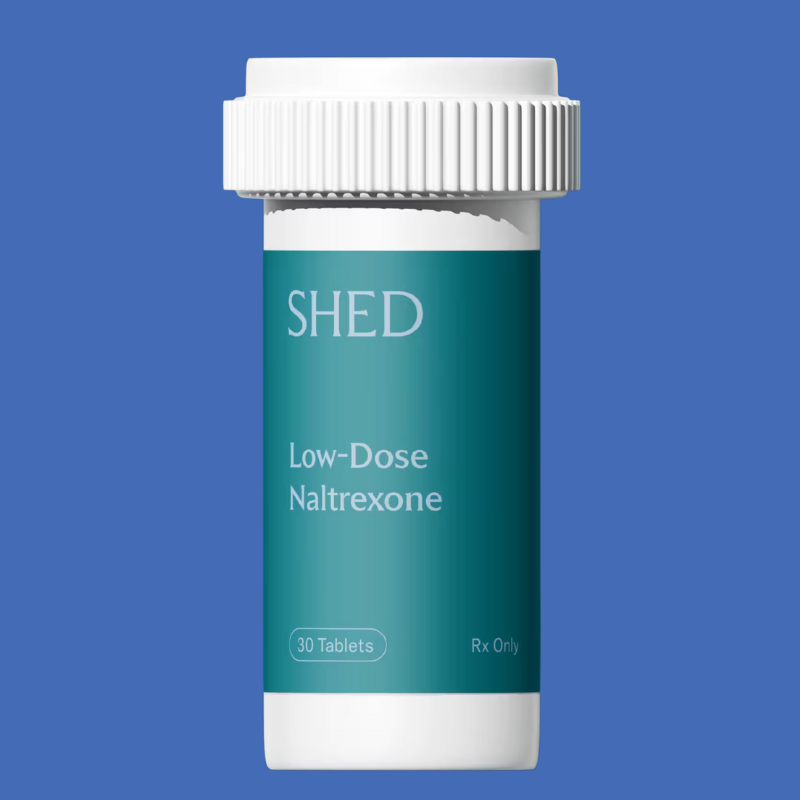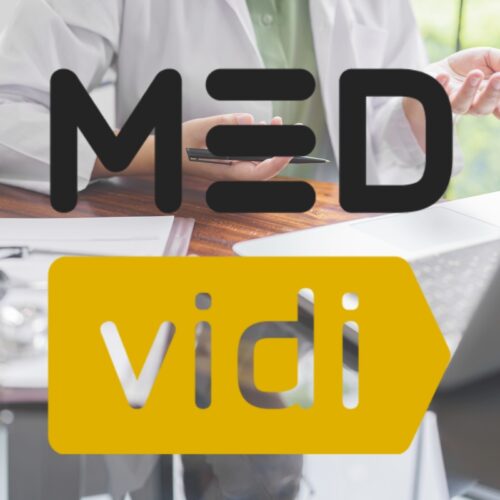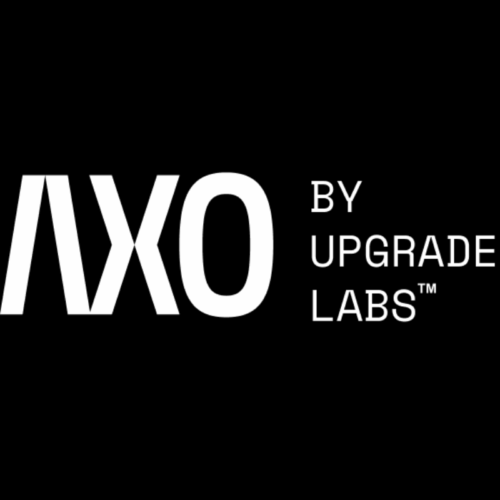$79.00
Description
What Is Low‑Dose Naltrexone (LDN)?
Low‑Dose Naltrexone (LDN) refers to daily doses in the 0.5–4.5 mg range, about one‑tenth or less of typical naltrexone doses used for addiction (which begin at 50 mg or higher). Unlike full‑dose naltrexone—which fully blocks opioid receptors—LDN temporarily blocks them, triggering a rebound surge in your body’s endorphins and opioid growth factor, molecules with anti‑inflammatory and immune‑modulating effects.
Originally approved in the 1980s for addiction treatment, naltrexone has found a new life at low doses, being used off‑label to support autoimmune conditions, chronic pain, mood disorders, and post‑viral symptoms.
How LDN Works
The mechanism of LDN is rooted in a temporary blockade of opioid receptors that triggers your body’s compensatory response:
-
Blocking leads to a rebound release of endorphins and opioid growth factor.
-
This cascade influences immune signaling, promotes balance in inflammatory pathways, and supports cellular repair and mood stabilization.
LDN is thought to modulate key immune players such as glial cells and toll‑like receptors, reducing chronic inflammation over time. Although formal large‑scale clinical trials are limited, many clinicians and compounding pharmacies support its use in conditions like MS, fibromyalgia, IBS, and Long COVID.
Conditions People Use LDN For
While not FDA‑approved specifically for these uses, LDN is commonly prescribed off‑label for:
-
Autoimmune diseases: MS, Hashimoto's, lupus, Crohn’s
-
Chronic pain: fibromyalgia, CRPS
-
Mood and neurological conditions: depression, anxiety, PTSD
-
Post‑viral syndromes: Long COVID, ME/CFS
-
Gut inflammation: IBS, ulcers
-
Hormone-related conditions: PCOS, endometriosis
Emerging reports and patient experiences hint at improvements in fatigue, brain fog, pain, mood, and digestion when used consistently over weeks or months.
Typical Dosing and Onboarding with Shed
At Shed, the LDN protocol starts at 1.5 mg/day during week 1, then increases to 3 mg for weeks 2–3, and finally 4.5 mg/day by week 4. Capsules or tablets are prescribed and dosed monthly based on your plan.
Users are advised to start low and ramp up gradually. Most people tolerate LDN well, with only mild, temporary side effects such as vivid dreams, nausea, headaches, or sleep disturbances that tend to fade as the body adjusts over 1–3 months.
Shed’s Price: Starting at $79/month
The standout feature: Shed offers LDN plans starting at just $79/month, significantly lower than many compounding pharmacies that typically charge $20–$30/month for the medication alone. When combined with clinical services, total costs elsewhere can range from $70–$85/month for 90 capsules (0.5–4.5 mg).
At Shed:
-
The LDN subscription begins at $79/month, which appears to cover your medications, medical evaluation, and shipping.
-
Additional support includes online consultation, health coaching, and ongoing follow-up care—available remotely in most U.S. states.
-
This is particularly affordable for a program that includes clinician access and structured dosing over multiple months.
Comparison to Other Providers
| Provider | Typical Monthly Cost (LDN only) | Additional Support / Features |
|---|---|---|
| Shed | $79/month | Online assessment, clinician approval, shipping, coaching |
| General compounding pharmacies | $20–$30/month (just pills) | Raw compound only—clinical care separate |
| RTHM Direct | ~$128 for 90-day supply | Telehealth, consult, prescription, ongoing support |
In summary: Shed’s $79/month offering bundles both medication and care into one base price, which may provide a more accessible entry point to LDN therapy compared to standalone compounding or separate telehealth services.
Benefits and User Experience
Key advantages of Shed LDN:
-
Affordable pricing: $79/month is highly competitive for an integrated telehealth subscription.
-
Structured dosing: A clear, step-wise ramp‑up protocol over four weeks facilitates tolerance and efficacy monitoring.
-
Comprehensive support: Includes clinician evaluation, shipping, follow‑ups, and coaching tools.
-
Convenience: 100% online workflow (intake, prescription, delivery) in most states.
-
Doctor oversight: Providers tailor care to your individual medical history.
Common side effects and timeline:
-
Mild side effects may include vivid dreams, sleep disruption, nausea, and headache.
-
Effects typically settle within a few weeks.
-
Improvement timeline varies; some people experience benefits in a few weeks, while others require 1–3 months of consistent dosing.
Considerations Before You Start
-
LDN is off-label: While evidence and experience support its use for many chronic conditions, it is not FDA‑approved for most indications other than addiction treatment.
-
Opioid contraindication: People actively taking opioid medications should avoid LDN, as it may precipitate withdrawal symptoms by blocking opioid receptors.
-
Health eligibility: Eligibility depends on your medical background and region. Some states require a video consult.
-
Time investment: LDN is not an instant fix—it requires patience and consistency over weeks to months.
What the Research Shows
-
Mechanistic evidence: LDN impacts immune cells, toll-like receptor signaling, glial cells, and opioid growth factor pathways—suggesting anti-inflammatory and neuroimmune benefits.
-
Patient reports: Emerging data and user testimonials indicate improvements in fatigue, pain, inflammation, and overall well-being for people with Long COVID, ME/CFS, fibromyalgia, and other conditions.
-
Compendium data: The LDN Research Trust notes that general compounded LDN costs around $20‑30/month but does not include clinical supervision, which Shed includes at the $79 rate.
Getting Started with Shed LDN
-
Start with an intake form: Provide your medical history, goals, and conditions via the Shed portal.
-
Provider review: A licensed provider evaluates eligibility and prescribes dosage.
-
Video consult: This may be required in your state for legal compliance.
-
Medication shipping: Typically arrives in 5–10 business days to your doorstep.
-
Follow‑ups and coaching: Regular check‑ins and adjustments as needed.
Real‑World Reflections
Though longer‑term studies are still pending, many LDN users report:
“Vivid dreams at first, but it fades… noticeable reduction in brain fog and fatigue over a couple of months.”
“After trying multiple treatments, LDN slowly got me back to baseline—I owe my life to it.”
These experiences mirror the protocol’s promise: low risk, possible benefit, and affordability—especially when bundled with support, as with Shed.
Summary and Final Thoughts
Shed’s Low‑Dose Naltrexone (LDN) plan—starting at just $79/month—offers an accessible, clinically supervised, and structured approach to an evolving treatment modality. With dosing protocols, clinician review, and integrated support, it stands out against standalone compounding services that may not include medical care or coaching.
Who stands to benefit most:
-
Those exploring off‑label immune, pain, or cognitive support through LDN.
-
People seeking affordable, supported access to compounded medication.
-
Anyone preferring an online care model with dosing guidance and coaching.
Consider verifying with your healthcare provider whether LDN is appropriate given your medical history, concurrent medications (especially opioids), and condition.
Closing Notes
Low‑Dose Naltrexone represents a hopeful frontier in personalized, integrative care. Shed’s LDN offering, priced at $79/month, lowers economic barriers while coupling medication with oversight and guidance. If you're considering LDN, Shed’s streamlined approach may offer a balanced pathway—clinical supervision, affordability, and ease of access.




